Multi-material & Multi-property Components with Additive Manufacturing
With more knowledge gathering in the additive manufacturing sector, there is a need to exploit one of its multiple advantages, which is to be able to produce components/parts with multimaterials and or multiproperties.
This article is to describe how different additive manufacturing technologies for polymers and metals can be used and improved to obtain multimaterials and multiproperties in a part.
![]() SLA/DLP resin systems
SLA/DLP resin systems
Stereolithography systems and digital light processing systems use UV light to cure photopolymers layer by layer to build a 3D part/component. The principle of both systems described before in essence is the same with a certain amount of UV light measured in terms of energy per area and its penetration depending on resin properties. Having said this, with different cure depths per layer, different material properties can be achieved along different layers of the build.
This concept can be useful for example with elastomeric photopolymers, which have a tendency of achieving high elongations but depending on the amount of curing, they also can increase its tensile strength and hardness properties. The automotive industry could benefit of this idea by using for example an elastomeric material to build parts like flexible hoses with integrated hard connectors. As a result, these hoses would be of a single piece and reduce the risk of leakages in the field but also reduce their manufacturing labor. The picture below shows a prototype of my own generation to illustrate the last concept.
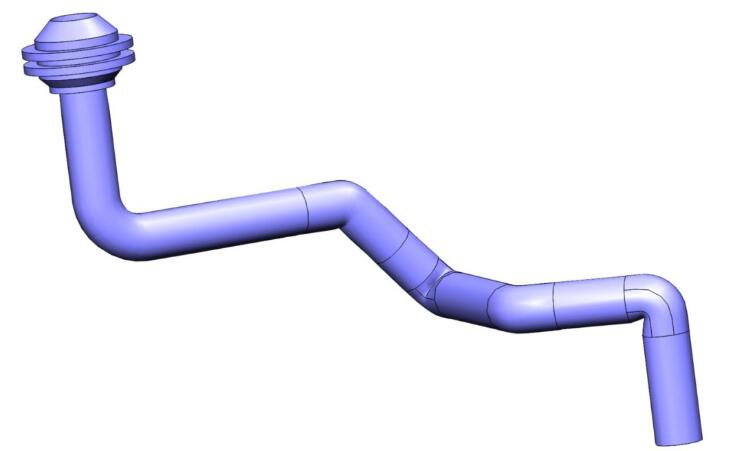
In contrast, a part can be also made with multiple photopolymers using a UV light source. Multiple resin containers or vats can be utilized with a single build platform to cure on the same part layers of different materials. Students at the University of Twente in Netherlands did this concept back in 2015 with their XZEED DLP printer prototype.
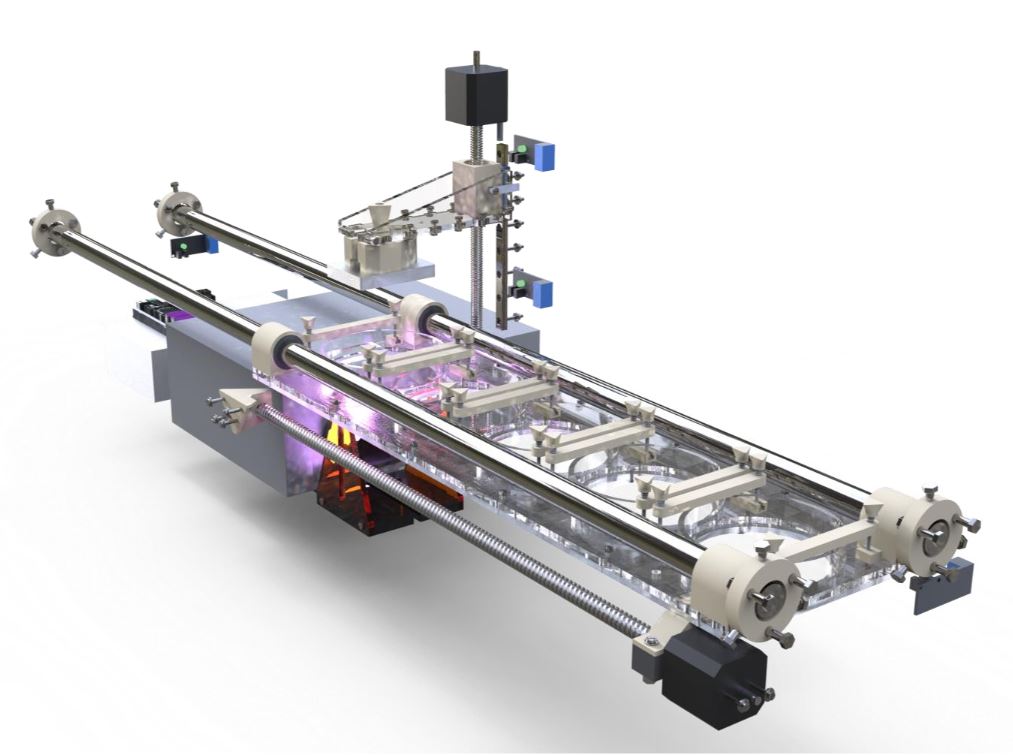
However, there are a couple of considerations that must be explored before exploiting this concept. One consideration is, because resins get cured with UV light, just a simple change in color will affect the way light penetrates and solidifies the resin. For this reason, by submerging a building part with resin A into a vat of resin B, to continue building layers on it, will contaminate resin B with resin A residues. Subsequently at the time of exposure to UV light the same part will get a mix of both resins cured in the boundaries. Eventually this situation might generate solidified residues in the vat of resin B, which can block the light to cure subsequent layers of the part.
Projector based printers or DLP printers are expanding in the 3D printing polymer market since the company Carbon introduced its first printer and claimed a super building speed. More companies are starting to use this technology and are getting able to achieve speeds up to 100mm/hr., which compared to traditional laser-based curing or SLA, it is way above its limits. However, DLP printers are lacking one big challenge so far, which is a bigger building envelope that is directly related to the projector area size.
![]() Metal systems
Metal systems
Direct energy deposition uses a laser beam to melt metal powders layer by layer to form a 3D shape. These metal powders flow and get intersected by a laser beam and a substrate to form a melt pool. This technology brings a capability to mix in the melt pool different metal alloy rates. Thus, providing a metallurgical bond between the alloys and the substrate that cannot be achieved with a powder bed system or even with conventional manufacturing systems like welding.
An example of this scenario is a bronze and stainless steel bond that I was able to achieve with a CO2 laser deposition. Normally, it would be very difficult to bond these two alloys with arc welding or any other power source rather than a laser beam. A metallurgical bond can be achieved between a stainless steel substrate and bronze powder because of the concentrated heat area of a laser beam which generates a melt pool.
Different alloys have different thermal conductivities; hence, their expansion and contraction may be a key factor for determining a compatibility between two different materials. This is the case for a copper rich alloy and stainless steel, where the first material has excellent thermal conductivity and the second one does not. Whereas copper will transfer heat rapidly from the laser to the air and to the substrate, which in this case is the stainless steel, the stainless steel will hold it for a longer period. This makes more difficult to melt copper at the same time as stainless steel and then when they get fused together at the time of cooling they might fracture the bond due to different rates of thermal contraction.
Rastering or hatching methods are important in laser deposition to avoid high thermal stresses and improve the bond between material alloys. Also depending on the hatching method and the thickness of the build there is a risk of increasing the number of voids in a part. Some materials due to its high contraction coefficients are better handled for performing a boundary deposition on each layer to secure geometry consistency.
Material densities are another factor of consideration in direct energy deposition due to the nature of the process during powder flow interaction with the melt pool. If a material A is considerably denser than material B and both materials are being deposited into a melt pool, material A will flow faster and may not be able to fully melt due to material B blocking some light from it.
On the other hand, powder bed systems can also have a concept for multiple recoating powders to allow layers of different alloys to be solidified in a 3D part. This idea is exemplified in figure 3 below with a sketch showing how the system could be designed. Some important considerations here would be the unused powders, which would not be able to be recycled due to contamination with other material powders, but also the build chamber would need a good cleanup after every build to avoid part contamination.
This concept has been started to been explored by a company in Belgium called Aerosint. However they have only been exploring this concept using polymer powders and not yet metals because of what it seems to be their bonding energy source. Aerosint seems to be bonding the powders, which will eventually require a post process to fully fuse them together. To increase build precision a laser source is suggested to avoid the use of bonding agents that will generate voids after evaporating them with a heating element source. In addition, by providing a localized heat input and taking advantage of heat dissipation in a powder bed will be able to prevent distortions of the part with less heat transferred to the printed part.
Resource:3dprint.com

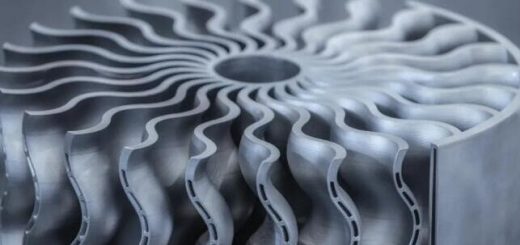
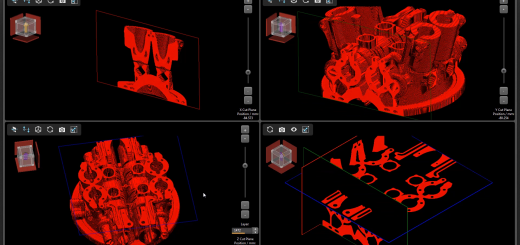
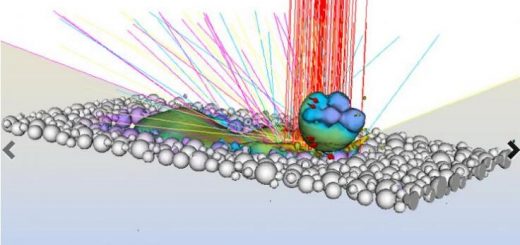
Recent Comments